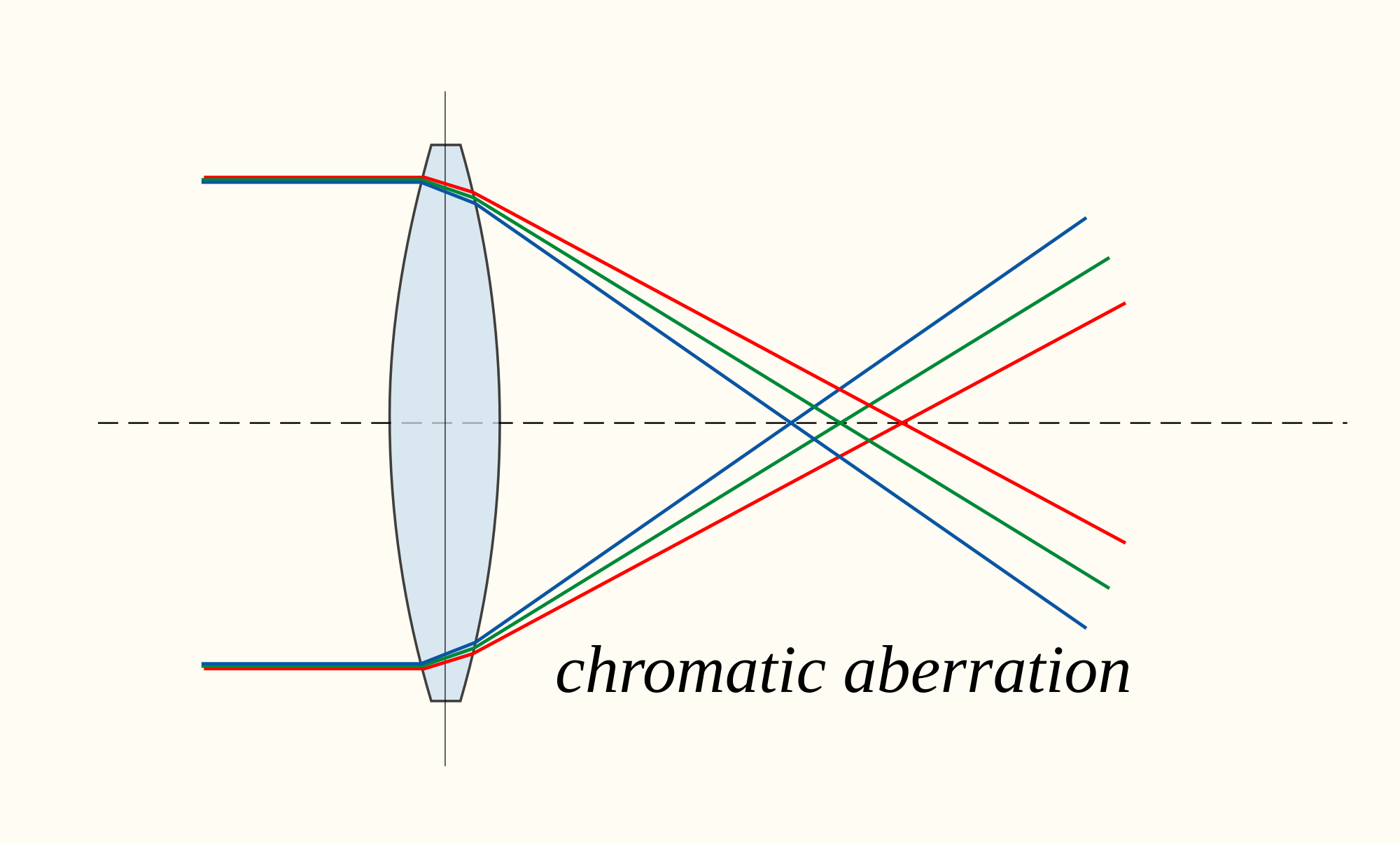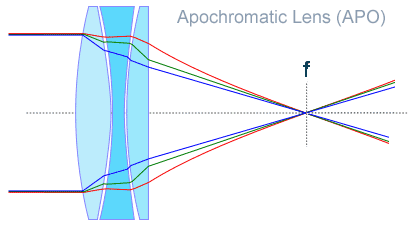Hi
I am a noob who has been doing some research and reading of the forums prior to joining.
In doing so, I started designing my very first concept.
From my limited understanding, I have hand sketched up my greenhorn design and in brief my concept uses multiple lasers combined using cubes.
I understand the beam joining & splitting limitations of cubes and using knife edging, but from my research my concept of combined seems plausible, but to know for sure there's a whole raft of expert opinions, views and advice I need.
So, in a nutshell, I'd like to chat with a veteran who can tell me if I am crazy or not prior to making myself look like a total loon in the forums...
Are there any volunteers?
Cheers
BDi
p.s. Thanks for all the info everyone has contributed so far.
I am a noob who has been doing some research and reading of the forums prior to joining.
In doing so, I started designing my very first concept.
From my limited understanding, I have hand sketched up my greenhorn design and in brief my concept uses multiple lasers combined using cubes.
I understand the beam joining & splitting limitations of cubes and using knife edging, but from my research my concept of combined seems plausible, but to know for sure there's a whole raft of expert opinions, views and advice I need.
So, in a nutshell, I'd like to chat with a veteran who can tell me if I am crazy or not prior to making myself look like a total loon in the forums...
Are there any volunteers?
Cheers
BDi
p.s. Thanks for all the info everyone has contributed so far.








